It used to be simple – we ate what was in season, that we grew or caught ourselves. Rural communities like ours shared these commodities through local markets – and mostly, we ate pretty local all year round. Sure, Chesapeake oysters were shipped all over the country, but ask your neighborhood long-timer, and you’ll hear that around here, oysters were a wintertime staple – on everyone’s plate 4-5 days each week.
Yet in today’s food chain, there’s a broad space between what comes off fishing boats and what ends up on dinner plates. Plenty of our local catch is sent off the Delmarva and southern MD peninsulas, up the coasts to the megalopolis. Today’s families eat more chicken nuggets, burgers and prepared foods from Giant than ever, and oysters are a rare holiday treat.
The state of the oyster population in Chesapeake waters is no secret, and we know that Maryland watermen are having a rough go at it. But there are plenty of healthy populations of fish being caught. Just…..the wrong kinds of fish. Or…are they?
Enter the space in which fisheries marketing is born.
In Maryland, that means Steve Vilnit, who is in the center of both fishing and seafood industries. As the Director of Fisheries Marketing for the Department of Natural Resources, his job is to create demand and markets for Maryland fish. With a degree in “Marine Affairs” and a background importing swordfish and tuna, Vilnit has connections and experience in the food industry. He knows chefs, restaurant kitchens, and spent ten years selling fish wholesale across the region.
Vilnit promotes seafood that Maryland watermen can harvest in today’s waters. And it’s his mission to increase the value of Maryland’s seafood, support sustainable fishing and help make sure fishermen can make a decent living.
Vilnit’s toolkit is comprised of relationship-building, education and promotion.
Last year, Vilnit took over 40 tours of DC and Baltimore chefs out on workboats in local waters. They’d visit crabbers, picking houses, pound nets and aquaculturists. With a sense of where the food actually comes from and how hard it is to bring it to market, chefs educate their customers, and messages about Bay health and fish populations are passed through new settings. The importance of this industry to the local economy is brought home to consumers in a different way when the conversation happens through a waiter at a city restaurant.
In October, I watched Vilnit interact with a group of DC chefs and magazine people on a workboat. As a DNR employee, he wears the hat of resource conservation and education. And as a marketing pro, he knows exactly how to introduce a subject to his audience. As we walked into Russell Hall Seafood in Fishing Creek, watching some 25 crab pickers at work, Vilnit asked the chefs “How many crabs do you think are in those one pound containers that you buy?” No one knew. Answer: one bushel of crabs yields only 2 – 4 pounds of picked crabmeat, and takes a waterman, depending on the time of year, anywhere from 30 minutes to 2 hours to catch. A new sense about the value of those one pound containers was born in those chefs that afternoon.
Vilnit also understands the other side. I once watched him at a DNR event give a workshop to aquaculturists, and he drove home the issue of presentation. “You’ve got to clean your oysters, and I don’t mean just rinse them off. They need to be scrubbed spotless, if they’re going to be in that restaurant walk-in. Nobody has time to wash your oysters in a busy kitchen, and if they’re dirty, they won’t touch your product again”, he said.
The aquaculturists wrote that down. They asked questions about supply and demand, about distribution systems. Just like local small farmers and producers don’t have the resources to go around and develop relationships with every single urban chef in order to sell their products, local aquaculturists also need a bridge to markets.
That’s where Vilnit comes in. Earlier this month, Vilnit escorted Jon Farrington, a Calvert County aquaculturist to five restaurants in Baltimore. He selected chefs that focus on Maryland products, and who know oysters. Vilnit believes Farrington’s “Calvert Crest” oysters are as good an oyster as anyone can grow – consistent and uniform, with deep cups and full shells. At the end of the day, Farrington had orders from four of those restaurants – and a new market was created for his young aquaculture business. You can see that Farrington wasted no time in taking Vilnit’s advice to buck up for handsome boxes for his oysters.
Have you noticed that you’ve heard a lot in the last couple of years about yellow perch? That’s Vilnit’s work, and it continues today. Just a few weeks ago, Vilnit took DC chefs from Woodberry Kitchen and the Occidental out on boats to learn about the yellow perch industry. These chefs are truly interested, and their willingness to ride rough waters with watermen show how serious they are about understanding where the food they buy comes from.
Vilnit is using social and traditional media to support the industry on all sides – including promoting to consumers.
You may also have heard of the ‘True Blue’ certification program Vilnit created to support the Maryland crab industry. Over the past 20 years, it’s been no secret that more and more “Maryland crabcakes” are made with foreign crabmeat, but in Maryland’s “style”. Now, restaurants certified by DNR for using Maryland blue crab product are allowed to use a special logo and are promoted heavily though the Department to consumers, including the Maryland Seafood website and social media, attracting some 100,000 visits a month.
Which brings us to dogfish.
Coastal fishermen off Maryland are catching dogfish. A lot of dogfish. Most of it is exported to Europe for fish & chips, and the price Maryland fisherman are getting for it is too low. Steve Vilnit is going to create a market for it here.
Would you eat something called dogfish? Luckily, Delaware’s successful brewery Dogfish Head, has habituated us to the name. I suppose if you were sitting in Dogfish Head’s brewery, and a waitress offered dogfish bites, you wouldn’t think twice.
But outside that brewery, introducing dogfish to consumers is trickier. With the long term relationships that Vilnit has fostered with the restaurant industry though, things are picking up. Just this week on facebook, Vilnit promoted one such success:
“Here’s Chef James Barrett from Azure restaurant at the Westin in Annapolis showing off the dogfish he brought in for an upcoming dinner. Thanks for the support Chef!”
Barrett’s response – “dogfish head craft beers and spiny dogfish tacos! that’s a whole lotta good stuff put together!”
And facebook LIKED it. Every day, more chatter and comments about dogfish bring acceptance and interest.
From the point of view of a consumer, names matter a lot, and these days, due to Food Network and such, we’re more open. I suppose that if you’re going to sell dogfish tacos, adding the word “spiny” as in “spiny dogfish tacos” just sounds, well, better. “Ok, I’ll try it”, you think. “It’s a great restaurant, it must be good.”
And that’s how dogfish will change before your eyes, from a big question mark, to something you’ll order without a thought. You can begin to look for dogfish on restaurant menus right now. And when you see it turn up at local fish counters, you’ll know Vilnit’s latest project is a success.
For more information or to contact Steve Vilnit, Director of Fisheries Marketing for the Maryland Department of Natural Resources, see the Maryland Seafood website here.



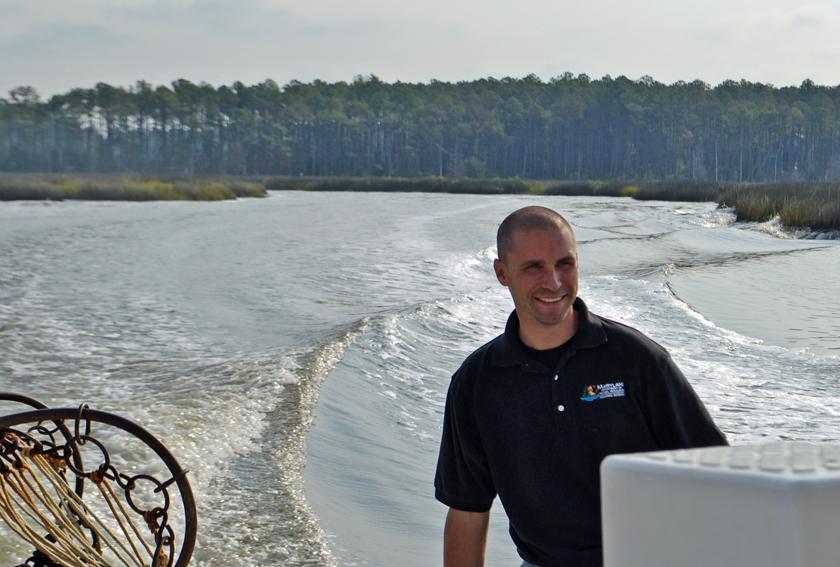
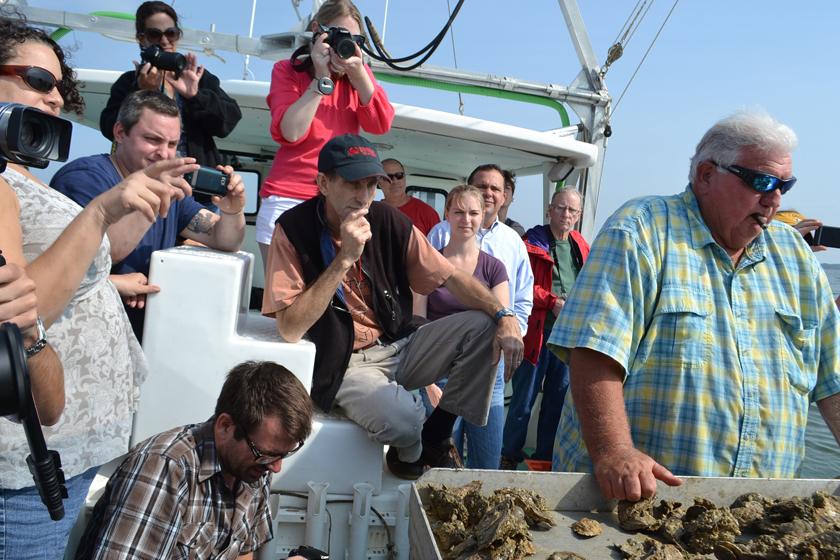
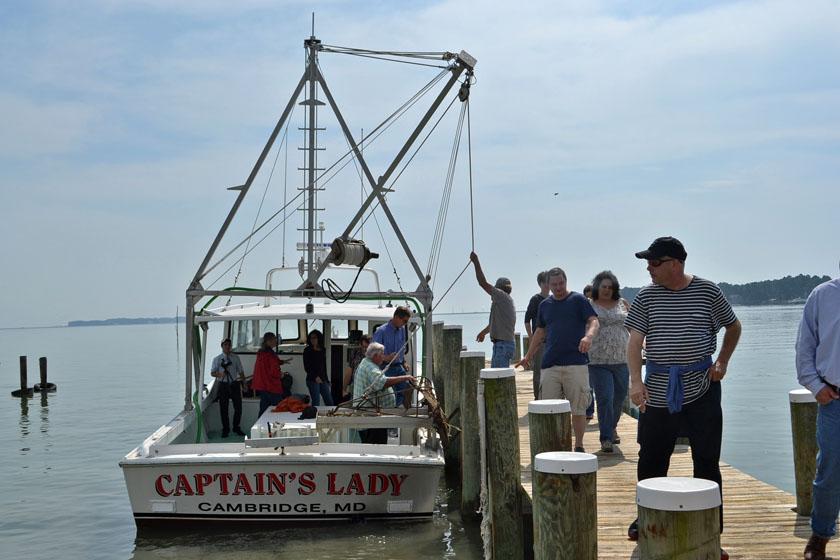
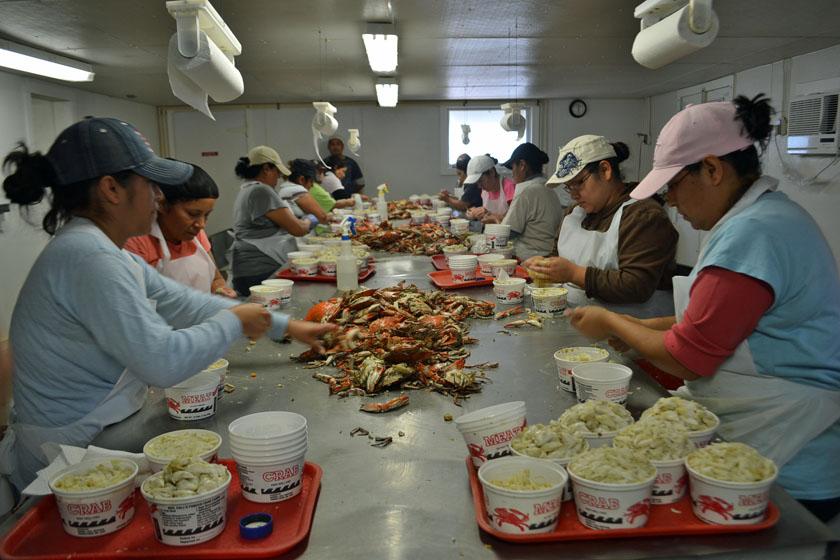
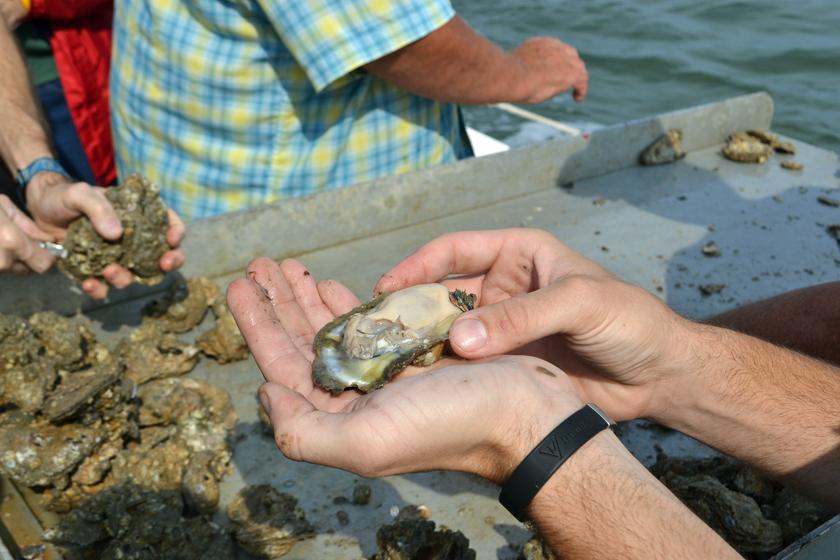
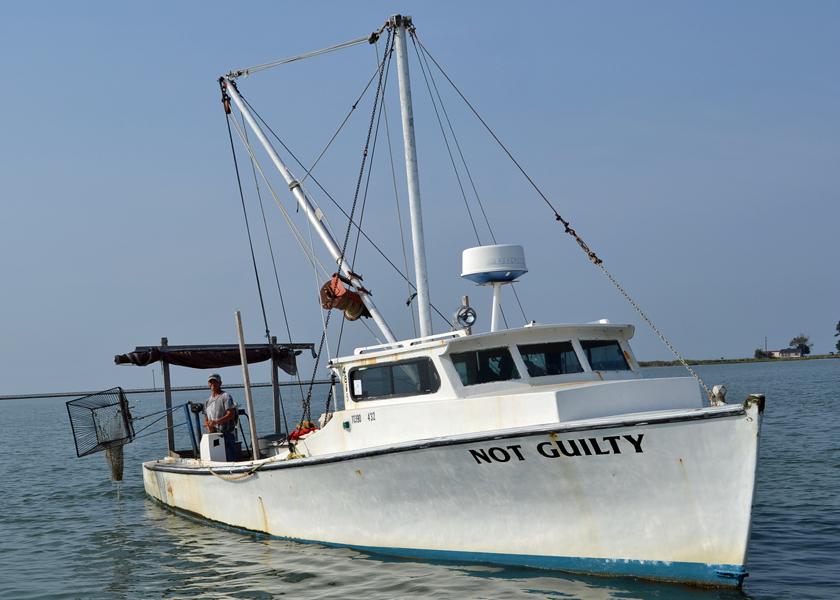
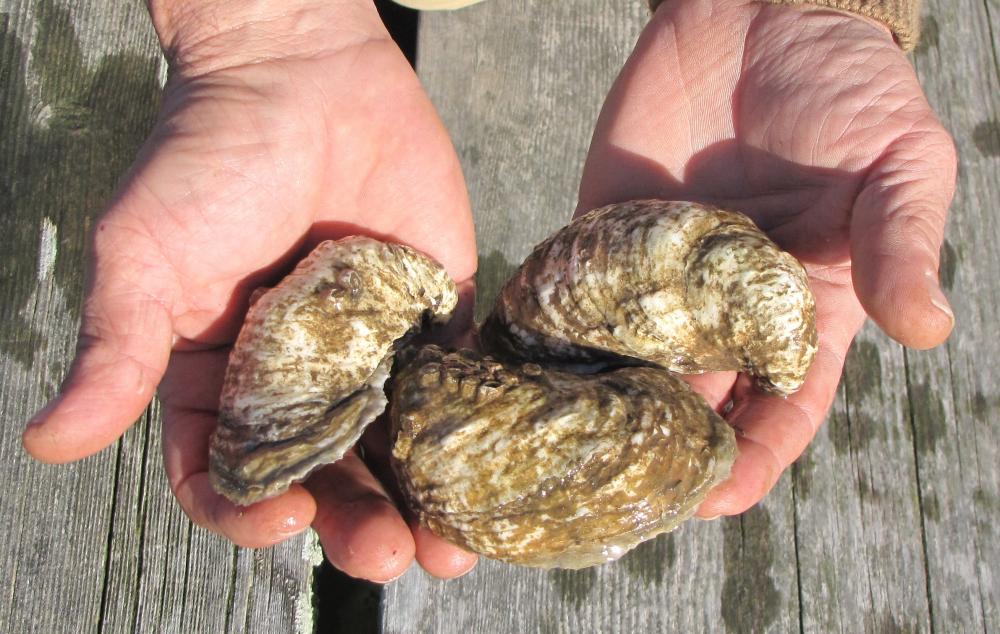
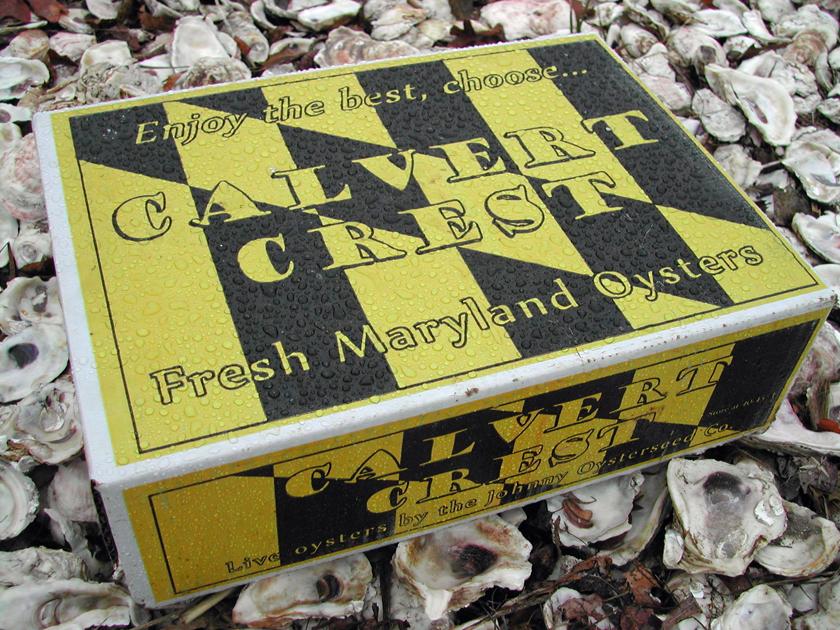
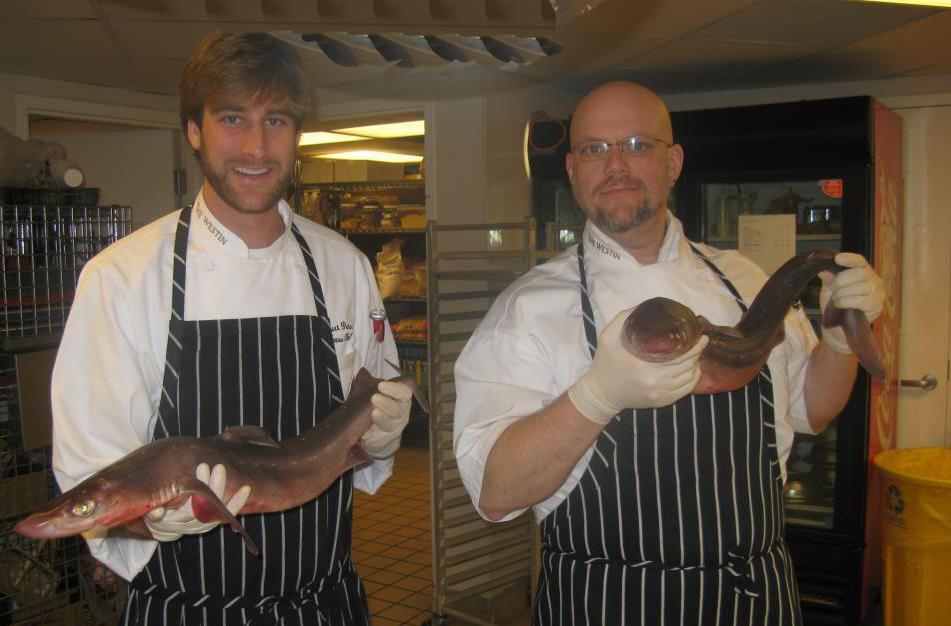
John Mann says
Really enjoyed this. What’s the Facebook address? I’d like to continue to follow Steve’s work.